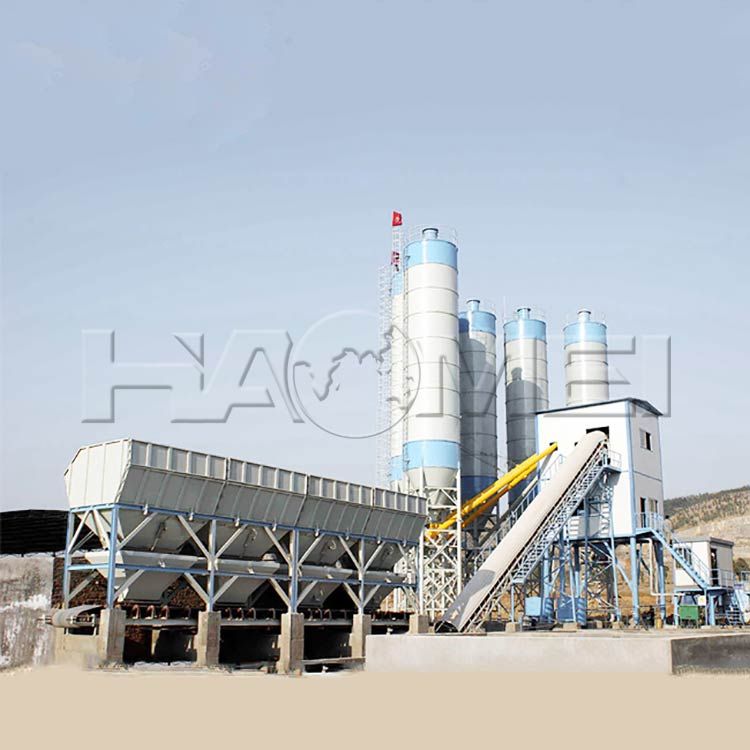What Is The Precast Concrete Plant
Aug 27, 2025
Precast concrete plants are specialized mixing equipment for producing customized concrete for precast concrete components (PC components). Unlike conventional batching plants, which serve on-site pouring, their core mission is to provide "precisely formulated" concrete for factory-produced precast components (such as precast wall panels, composite slabs, stairs, beams, and columns). This concrete has higher requirements for strength, workability, and durability, and must be compatible with the mold-casting process used for precast components.

Simply put, conventional batching plants offer on-site construction on demand, while precast batching plants produce custom components on demand. The former prioritizes efficiency and fluidity, while the latter emphasizes precision and stability.
Core Structure
Raw Material Storage System: Compared to conventional batching plants, precast batching plants utilize a more specialized storage system for raw materials. In addition to the standard cement silos, fly ash silos, and sand and gravel aggregate silos, they also include storage tanks for specialized additives (such as anti-cracking agents and early-strength agents, to meet the specific performance requirements of precast components). Aggregate silos often utilize a "zoned storage + enclosed" design to prevent the mixing of aggregates of varying specifications and reduce dust pollution (in compliance with precast plant environmental protection requirements).
Batching and metering systems: These systems require far higher precision than conventional batching plants. Conventional batching plants typically maintain a metering error within ±2%, while precast batching plants must maintain a metering error within ±1% for cement and additives, and within ±2% for aggregates.
Mixing System: It primarily chooses twin shaft concrete mixers and the mixing capacity is typically larger than that of a conventional batching plant of the same capacity (typically 2-4 m³).
The conveying system is divided into two parts: raw material conveying and concrete conveying. For raw material conveying, aggregates are typically conveyed using a belt conveyor and enclosed corridor design (to prevent moisture and contamination), while cement and fly ash are conveyed using screw conveyors. Concrete conveying primarily relies on concrete pump trucks or fixed conveying pipelines, delivering the mixed concrete directly to the precast component molds, minimizing losses and performance changes during transportation.
Control System: It utilizes a fully automatic PLC control system, enabling functions such as recipe storage, automatic batching, mixing monitoring, and data traceability. Unlike conventional batching plants, the control system for precast concrete batching plants must support multiple recipe switching.
Auxiliary systems: These include wastewater recovery systems, dust collection systems, and aggregate drying systems. The aggregate drying system is a key feature of precast concrete batching plants.
Types
In terms of installation method, precast concrete batching plants are primarily stationary concrete batch plants for sale with mobile types accounting for only a minority.
Stationary concrete batching plant: It features stable production capacity and higher precision. Stationary mixing plants typically have a capacity of 50-200 m3/h, which can meet the mass production needs of large precast plants.
Mobile precast mixing plants have limited production capacity, limited precision, and insufficient auxiliary systems, making them unable to meet the needs of large-scale precast component production.
Original source: https://www.concretebatchplanthm.com/a/what-is-the-precast-concrete-plant.html
Tags: stationary concrete batching plant
Prev: Where to Find A China Concrete Mixer Factory
Next: The Favored Mobile Concrete Batching Plant in Indonesia
